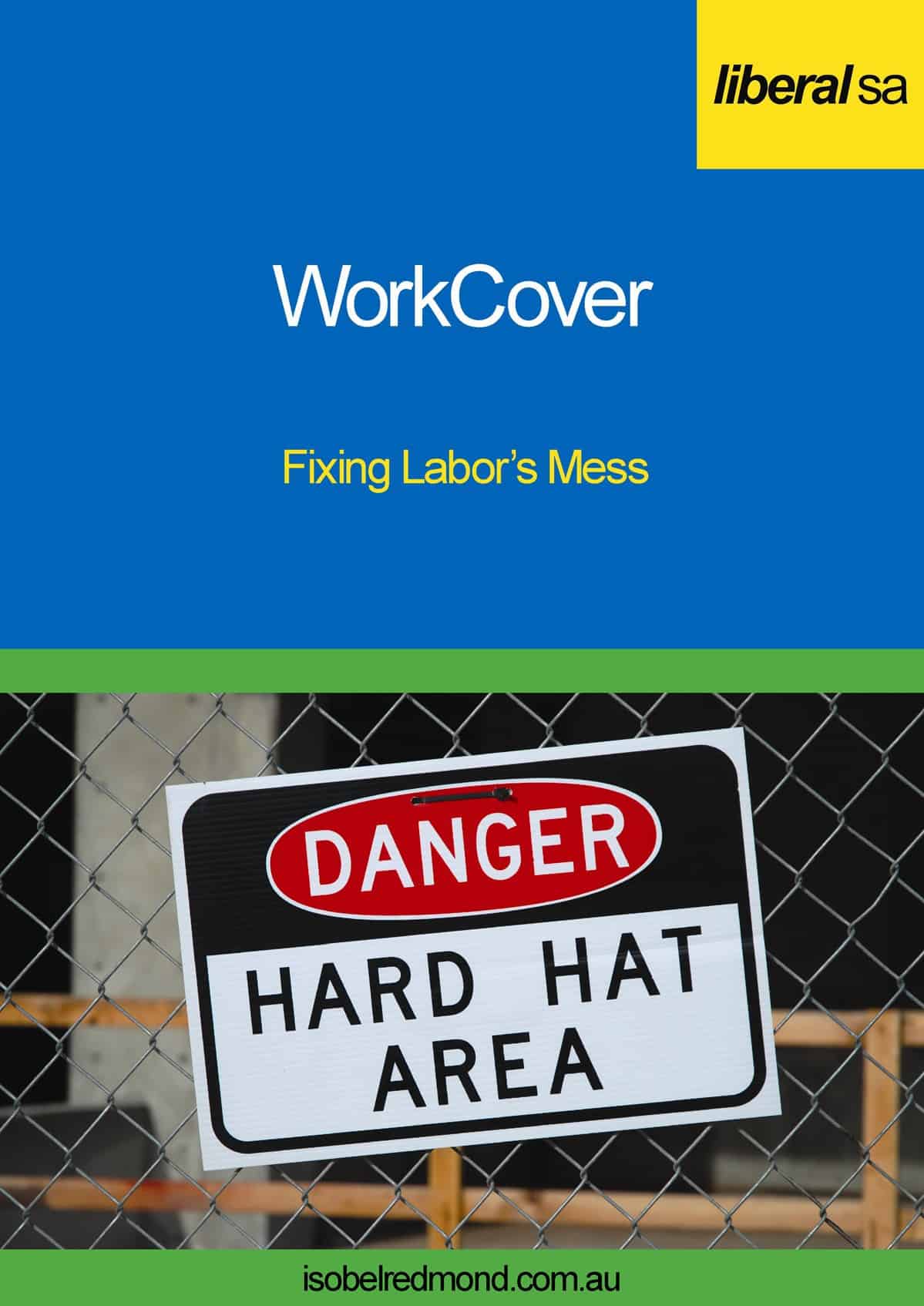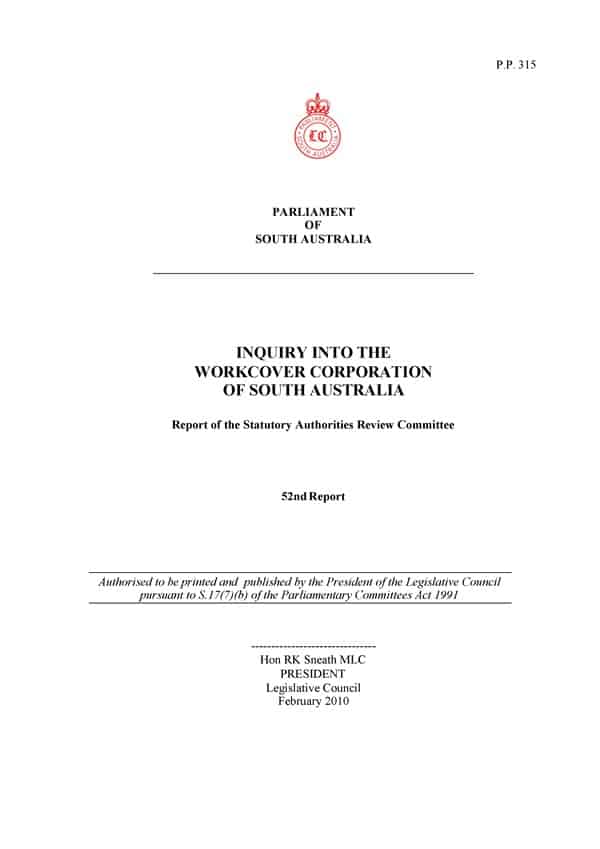It is less than a month to the state election in South Australia so policies are being released frequently. This week the South Australia Liberal Party released a WorkCover policy – 18 pages saying it will “fix Labor’s mess”.
 The policy is linked to through this blog article for several reasons. Many Australia States have elections in 2010 and in most States, the Liberal Party is in opposition. The SA policy may indicate some of the measures to be promoted in other States elections.
The policy is linked to through this blog article for several reasons. Many Australia States have elections in 2010 and in most States, the Liberal Party is in opposition. The SA policy may indicate some of the measures to be promoted in other States elections.
Also, policy statements tend to be quietly dropped from party websites and agenda if they become embarrassing after a loss. Continue reading “SA Liberal party policy on WorkCover”

